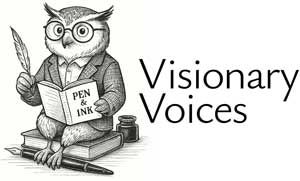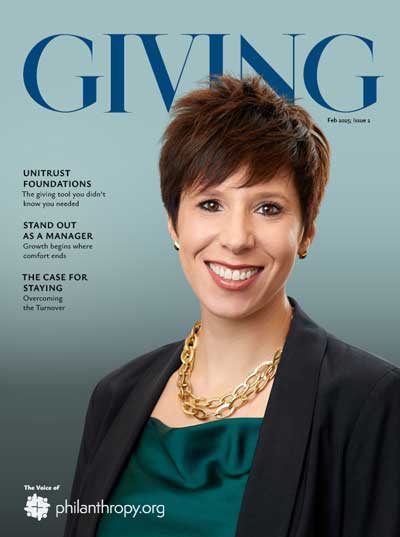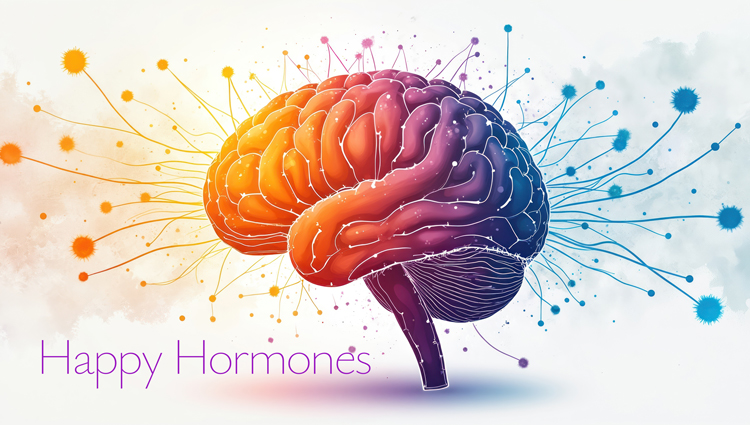Giving to charity is not just about helping others—it’s also an opportunity for seniors to save on taxes while making a meaningful difference. Yet, as highlighted in a recent Wall Street Journal article by Laura Saunders, less than 40% of wealthy retirees are aware of tax-saving tools like Qualified Charitable Distributions (QCDs) and Donor-Advised Funds (DAFs). This lack of awareness means many may be missing out on ways to maximize their generosity while reducing their tax burdens.
Whether you want to directly support a favorite cause or keep your options open, tools like QCDs and DAFs can help you give in ways that match your estate-planning goals and values. Here’s how these strategies work—and how they can benefit you.
Qualified Charitable Distributions (QCDs): Easy Tax Savings Without Itemizing
If you’re 70½ or older, QCDs offer a straightforward way to donate to charity and save on taxes. A QCD lets you transfer money directly from your IRA to a qualified charity, and the best part? It doesn’t count as taxable income.
Here’s why QCDs are so useful:
-
- In 2024, you can donate up to $105,000 directly to charities ($108,000 in 2025).
-
- QCDs count toward your Required Minimum Distributions (RMDs), helping you avoid the 25% penalty tax for missed RMDs.
-
- By lowering your Adjusted Gross Income (AGI), tax-saving tools like QCDs can help you avoid higher Medicare premiums and other AGI-related penalties.
Additional Benefits:
-
- QCDs work well with Roth IRA conversions. Keeping your taxable income low using a QCD can provide more flexibility for converting funds to a Roth IRA without jumping into a higher tax bracket.
-
- Some IRA custodians even provide checkbooks, making it easy to send QCDs directly to charities.
Keep in mind: The money must go directly from your IRA to the charity to qualify as a QCD, and proper documentation is essential for tax time.
Donor-Advised Funds (DAFs): Giving with Flexibility
If you value flexibility in your giving, Donor-Advised Funds (DAFs) might be the perfect solution. With a DAF, you can donate now (cash, stocks, or other assets) and receive a charitable tax deduction immediately, while deciding later which charities will benefit.
Why consider DAFs:
-
- They’re ideal for donating appreciated assets, like stocks or property. You’ll avoid capital gains taxes and can deduct the full market value of your donation.
-
- Contributions to a DAF grow tax-free, allowing your donation to increase over time while you decide how to distribute it.
-
- Once your DAF is set up, directing grants to charities is simple and requires minimal paperwork. You can even remain anonymous if you prefer.
As a tax-saving tool, DAFs are especially useful for large donations, long-term giving strategies, or supporting multiple charities over time.
Using QCDs and DAFs Together
For the best results, combine QCDs and DAFs:
-
- Use QCDs for immediate donations to lower your taxable income from your IRA and meet RMD requirements.
-
- Use DAFs for larger, strategic donations or giving appreciated assets like stocks or property.
Together, these tools help you maximize your tax savings and increase your philanthropic impact.
Understanding Trends in Charitable Giving
Giving patterns often reflect values and priorities. Studies show conservatives tend to donate more than liberals, despite similar income levels. This could be due to factors like faith-based giving, community responsibility, and personal initiative.
Small business owners—who often lean conservative—are also recognized for their generosity, frequently supporting local causes and making significant contributions.
Nonprofits are adapting to these trends: Many are expanding their outreach to connect with donors on platforms where their messages resonate, such as FOX News. This approach isn’t about politics—it’s about meeting donors where they are and building meaningful connections.
By understanding their audiences better, nonprofits can foster inclusivity and inspire more people to support their missions.
Bridging Divides: Unity Through Giving
Philanthropy has the power to transcend political and social divides by focusing on shared goals like education, healthcare, and environmental protection. Nonprofits that emphasize neutrality and inclusivity are creating spaces where everyone—from urban professionals to rural communities—can contribute meaningfully.
This approach builds trust, fosters collaboration, and reminds us that giving is about our shared humanity and collective future.
The Heart of Giving: Helping Communities Thrive
At its core, giving is about making the world a better place. Whether you’re donating to a local food bank, funding scholarships, or supporting faith-based programs, every act of generosity counts.
With tax-saving tools like QCDs and DAFs, you can align your giving with your values while benefiting from tax efficiencies. As tax laws evolve, now is a great time to revisit your strategy.
Final Thoughts: Giving with Purpose
Charitable giving isn’t just about money—it’s about making a lasting difference and leaving a legacy. By incorporating tools like QCDs and DAFs into your estate planning strategy, you can extend the reach of your generosity and reduce your tax burden at the same time.
With a little planning, you can support the causes that matter most to you, inspire others to give, and create a brighter future for everyone.






